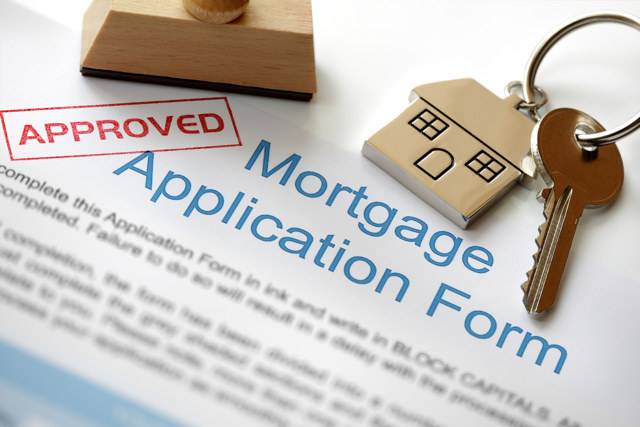
What is Home Lending?
A mortgage is a loan made between a borrower and a lender that is secured by real estate. With the real estate market being highly competitive and with numerous options available for mortgage-seekers, it is important to know the essential elements of the mortgage market before deciding which best fits your needs and preferences.
Below are the essential elements one must become familiar with before considering a home lending product.
Interest Rate
The interest rate refers to the amount the lender is charging you, the borrower, for loaning you the money. In the world of mortgages, this would be shown as an annual percentage rate.
Loan Term
The loan term refers to the number of years for which you’d need to make payments in order to fully pay the loan off. The most common mortgage loan terms are 30 and 15 years.
LTV
Claim up to $26,000 per W2 Employee
- Billions of dollars in funding available
- Funds are available to U.S. Businesses NOW
- This is not a loan. These tax credits do not need to be repaid
LTV refers to the loan to value ratio. This is calculated by taking the amount of the loan and then dividing it by the value of the property. For example, if you bought a $200,000 house, and took out a loan for $180,000 to finance the purchase, you would have an LTV of 90% ($180000/$200000=.9, or 90%).
Principal Payment
The amount of your monthly loan payment that is going towards paying down the loan balance. When it comes to mortgages, the amount of your payment that goes towards paying down your principal grows with each payment based on something called an amortization schedule.
Interest Payment
The amount of your monthly loan payment that is going towards paying interest to the lender. As with your principal payment, this breakdown on a per payment basis would be shown on the mortgage loan’s amortization schedule.
Amortization Schedule
An amortization schedule shows how much of each payment is going towards principal and interest. If you’re wanting to play around with actual numbers and see exactly how it works, you can reference this handy amortization calculator.
Property Taxes
Property taxes are one of those things people often forget about when looking at mortgage payments, but most mortgages down today include property taxes in your monthly payment total. Property taxes are simply the tax the government places on property in your area. In the US the property tax rate can range quite drastically from State to State, and even from City to City, as each area has different tax laws in place. Wallethub did a nice general breakdown by State here. Just keep in mind that City to City might be very different. Texas, for example, shows an average of 1.8%, however, in certain cities you might pay 2.4%, while others might be a bit less.
Private Mortgage Insurance
Private mortgage insurance (PMI) is a type of insurance that protects lenders in the event of default from the borrower. This is typically only charged on loans where the LTV is higher than 80%. So if you put down less than 20%, you might be forced to pay for PMI, which helps cover the additional risk to the lender in the case of default.
Now that you’re up to speed on the terminology, here are the general steps to get a mortgage loan.
Get Pre-Approved
Before you start shopping for your next home or rental property, you’ll want to meet with a mortgage broker or lender to get pre-approved. During this process the lender or broker will pull your credit, evaluate your income, debts, and so on to see what exactly you’ll be able to qualify for. A pre-approval is not the same as an approval, though, so it is important that you provide all the necessary information to the lender upfront, so no surprises come up later. Also, you have to remember to be mindful of your credit score as well. If you had a 720 score at the time you were pre-approved, the last thing you want to do is apply for a bunch of new credit cards, or rack up credit card debt – those actions are going to drastically lower your score which can impact your interest rates, or even the ability to qualify for the loan at all.
Find A Property
This step is pretty self explanatory – this is where you find the property you wish to buy.
Get Final Approval
When you reach the final approval stage, your lender will verify all the details of the mortgage – including your income, employment and assets – if those details weren’t verified upfront. They’ll also verify the property details as well in this step.
Close Your Loan
Once your loan is fully approved, and you’re ready to close on the property, the lender will send the loan documents to escrow. Once all the documents are in escrow, the escrow agent will meet with the buyer and seller to sign all the paperwork. Once the paperwork is signed, the funds are transferred to the seller, and the buyer takes ownership of the property.



